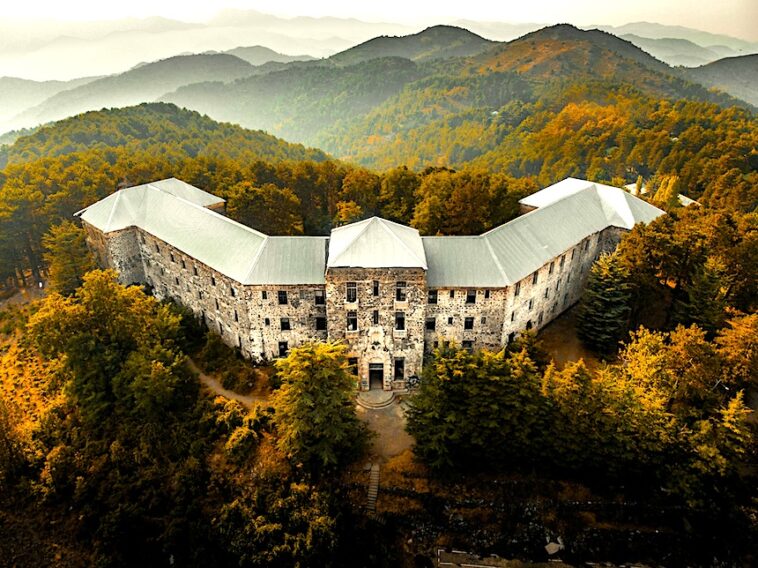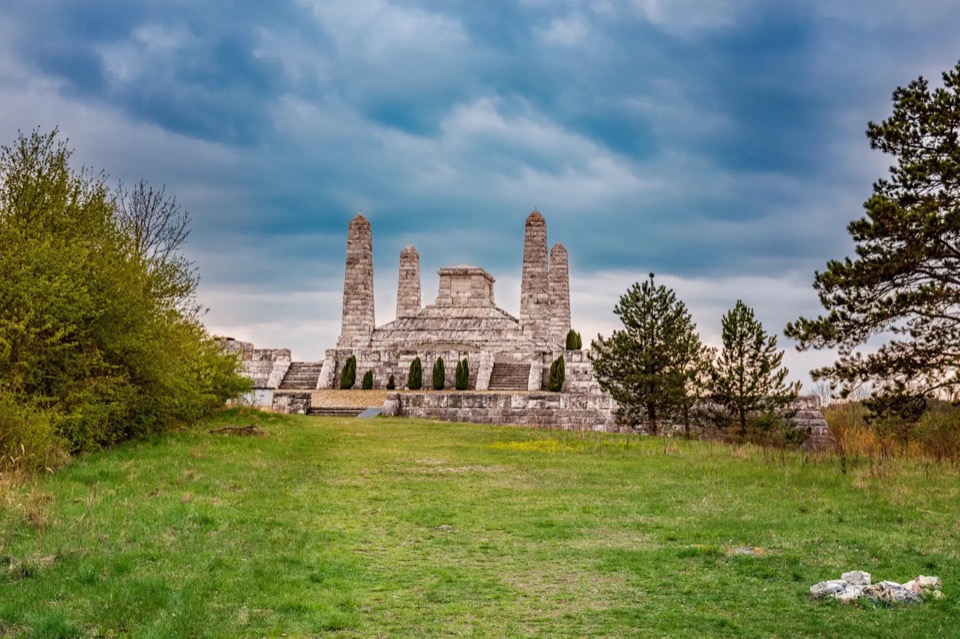There’s something powerfully eerie about abandoned places. They whisper stories of once-vibrant lives, echo with footsteps long gone, and wear time like a heavy cloak. Nowhere is this haunting beauty more apparent than in ghost hotels, once-bustling resorts now reclaimed by nature, neglect, and myth.
From luxury escapes in the Caribbean to massive Soviet-era health retreats, these places are more than crumbling walls and broken windows. They are time capsules of ambition, excess, and in some cases, tragedy.
Let’s step into these forgotten corridors and see what secrets these abandoned resorts still hold.
The Coco Palms Resort – Kauai, Hawaii
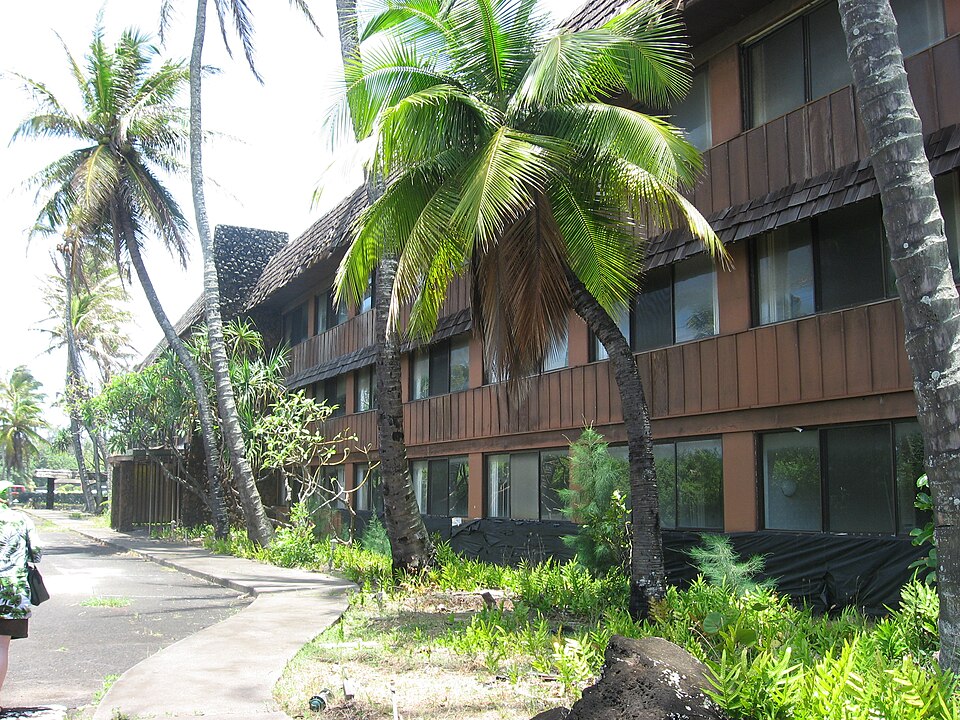
A symbol of tropical glamour in the 1950s and ’60s, the Coco Palms Resort welcomed royalty, Hollywood stars, and honeymooners to its lush grounds. Elvis Presley filmed parts of Blue Hawaii here, cementing the resort’s iconic status.
But in 1992, Hurricane Iniki ravaged the island—and Coco Palms never recovered. Despite numerous failed redevelopment attempts, the resort now sits in eerie decay, overtaken by vines and graffiti. Local groups oppose reconstruction, honoring the land’s sacred status in Hawaiian culture.
If you’re visiting Kauai, the resort’s ruins near Wailua are a somber reminder of both natural power and cultural preservation. Locals recommend viewing from a respectful distance.
The Haludovo Palace Hotel – Krk Island, Croatia
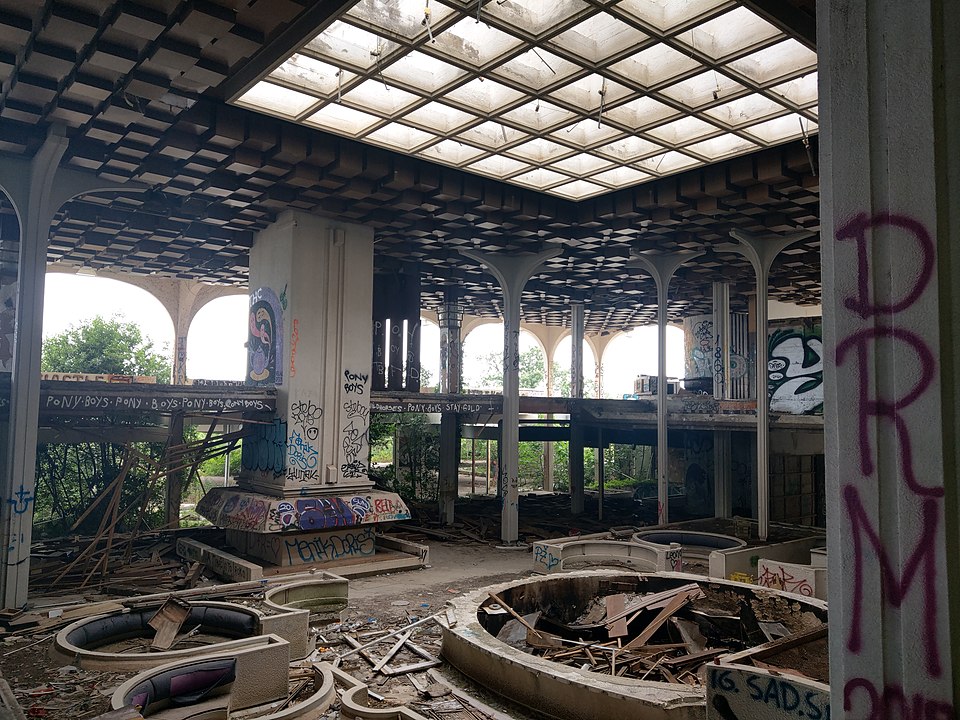
Built in 1971 on the Croatian coast, this once-opulent retreat aimed to attract international elites. It even had backing from the owner of Penthouse magazine. With marble floors, lavish casinos, and ultra-modern amenities, Haludovo was meant to be a glamorous playground.
But politics, war, and poor financial planning led to its downfall. After the Yugoslav Wars in the 1990s, the property was abandoned. Today, it’s a favorite among urban explorers. Staircases lead to nowhere, trees burst through tile floors, and nature has painted over the marble with moss.
Tourists on Krk Island often stumble upon Haludovo while exploring nearby Malinska. The site is not maintained, so visits are unofficial—proceed cautiously.
Hotel Belvédère – Furka Pass, Switzerland
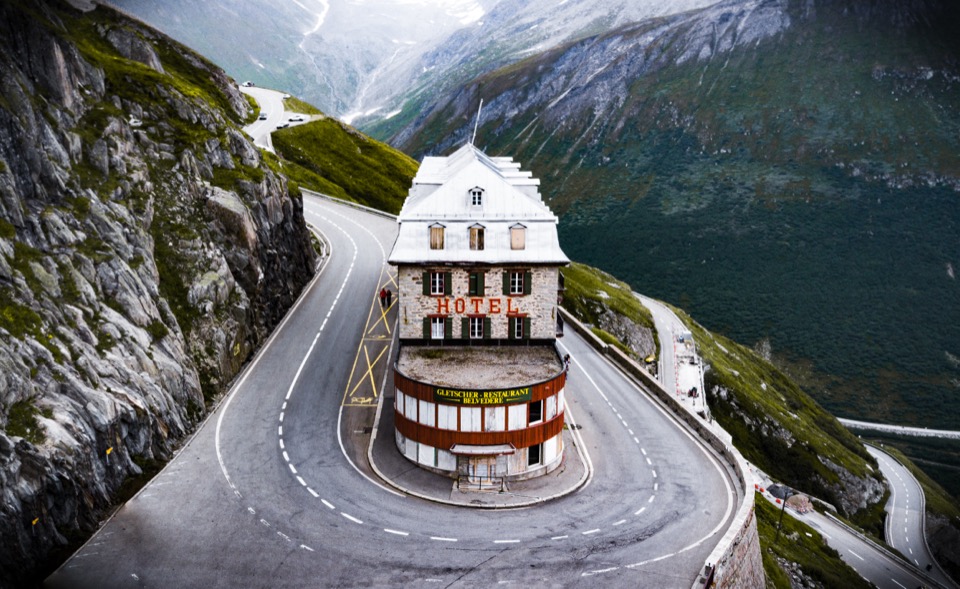
Perched on a dramatic hairpin turn of the Furka Pass, Hotel Belvédère was a bucket-list destination for travelers in the 19th and 20th centuries. Guests would marvel at the Rhône Glacier right outside their windows.
But as the glacier receded, so did tourism. The hotel closed in 2015, though its unique façade still graces postcards and Instagram feeds. The image of the stone building against a backdrop of melting ice is striking—and sobering.
If you’re road-tripping through central Switzerland, stop at the scenic lookout. Local vendors still sell souvenirs, and the area offers panoramic photo ops.
Ponce Intercontinental – Puerto Rico
When it opened in the 1960s, the Ponce Intercontinental was a gleaming vision of modern architecture. Located on a cliffside with stunning Caribbean views, it served as a posh getaway for well-heeled travelers.
But after decades of financial troubles and hurricane damage, it was shuttered and left to rot. Squatters, wildlife, and graffiti artists have since moved in. Yet the structure still towers over Ponce like a decaying monument to better times.
Ponce’s nearby historic downtown is bustling and worth exploring. Tour operators sometimes offer views of the hotel ruins during cultural excursions.
Sanatorium Dr. Štefan Kukura – Slovakia
Tucked into the Carpathian Mountains, this sanatorium once offered fresh mountain air, mineral waters, and advanced medical treatments to patients in the Soviet bloc. Built in the early 20th century, it was later expanded under communist rule into a vast complex.
By the 1990s, modernization rendered the facility obsolete. Today, its long corridors and peeling walls serve as chilling backdrops for photographers and history buffs alike.
The town of Smrdáky still operates modern spa facilities. Local guides sometimes reference the old sanatorium in wellness tourism tours, blending history with healing.
Bokor Palace Hotel – Bokor Hill, Cambodia
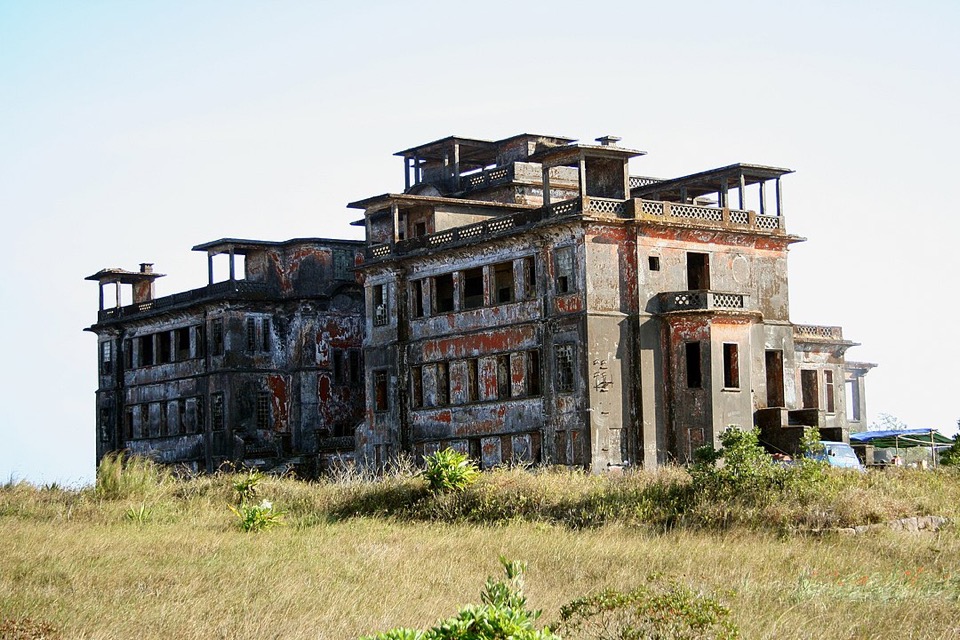
Originally opened in the 1920s by French colonials, this mountaintop hotel catered to the elite escaping the Cambodian heat. After decades of closure, war, and restoration, the hotel re-opened—but never recaptured its golden era glamour.
Visitors claim to feel a “presence” in the fog-filled halls. Its checkered past—including ties to the Khmer Rouge—gives Bokor Palace a chilling edge. While parts of the area have been redeveloped, the original bones of the hotel remain a ghostly draw.
Located within Bokor National Park, guided day trips from Kampot often include stops at the hotel ruins. Fog and altitude give the area a spooky charm.
Grossinger’s Resort – Catskills, New York
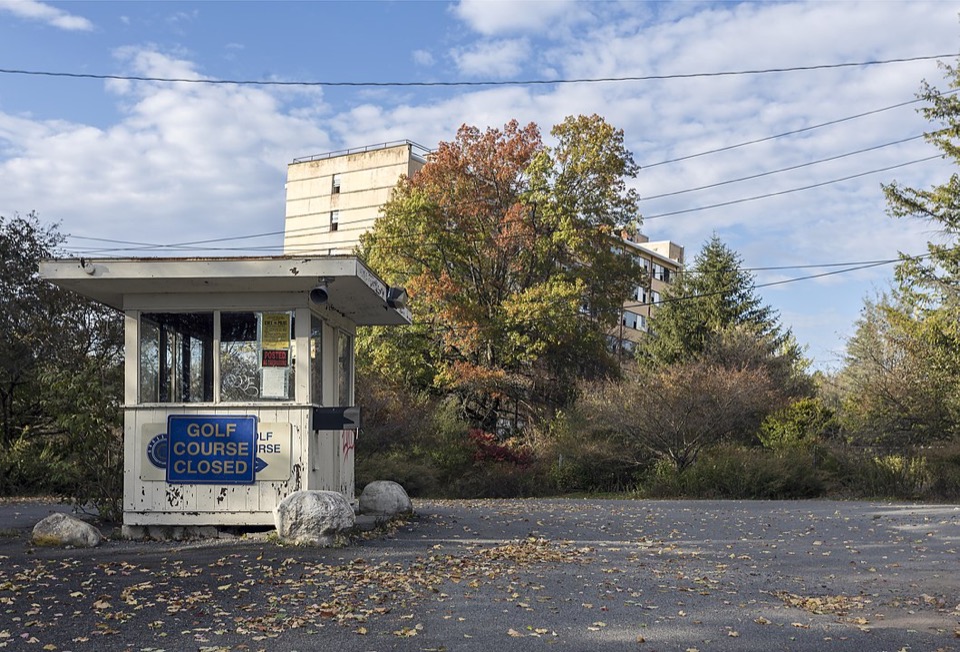
Grossinger’s was once a pillar of the famed “Borscht Belt”—a haven for Jewish families from New York City and beyond during the mid-20th century. It had golf courses, ski slopes, an ice rink, and even its own post office.
But like many Catskills resorts, Grossinger’s couldn’t compete with air travel and changing vacation habits. It closed in 1986. After a 2018 fire, little remains, though some decaying structures and signage still whisper of its lively past.
Sullivan County is undergoing a revival, with new boutique hotels and wellness centers. Local historians offer walking tours that trace the Borscht Belt’s rise and fall.
Why Are We Drawn to Ghost Hotels?

These forgotten resorts stir a potent cocktail of curiosity and nostalgia. Whether you’re a traveler seeking eerie adventure, a historian tracing the footsteps of generations past, or a photographer chasing visual poetry, ghost hotels offer a unique connection to time and place.
Unlike traditional tourist spots, these ruins tell unscripted stories. They reveal how economies shift, how wars upend leisure, and how nature reclaims even our grandest dreams. They are quiet reminders of impermanence—and strangely, that makes them unforgettable.
Visit Abandoned Resorts Responsibly
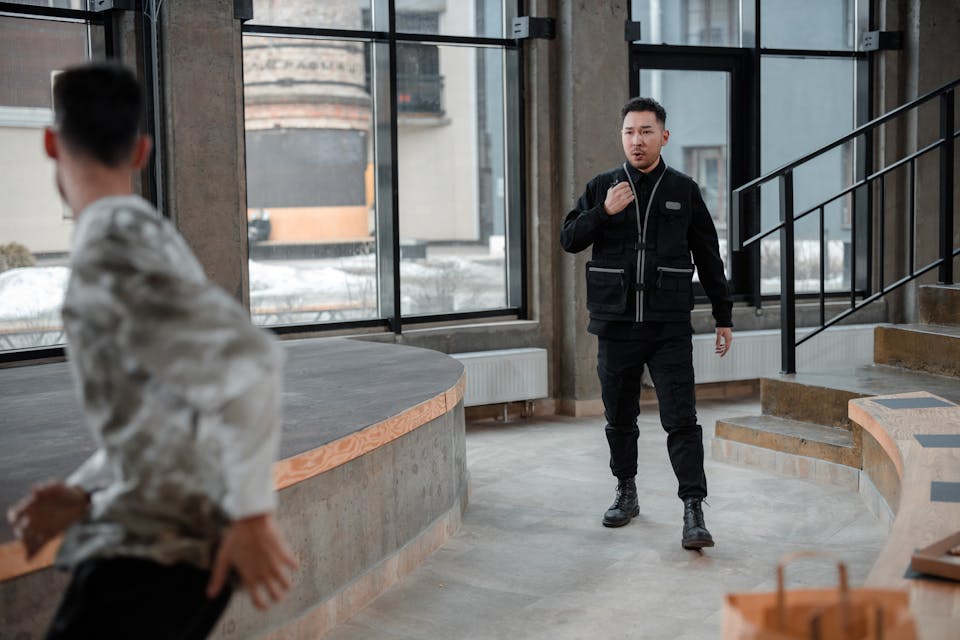
If you’re planning to explore one of these sites:
- Research local laws and safety guidelines. Some properties are on private land or dangerous to enter.
- Respect cultural and historical significance. Many sites are important to local communities.
- Travel with a guide or group. This ensures safety and a richer experience.
- Leave no trace. Don’t remove items or leave litter. Let these places remain as they are—mysterious, raw, and powerful.
Ghost hotels stand at the strange intersection of luxury and ruin, memory and myth. They remind us that travel isn’t always about five-star comforts—it’s also about stories, curiosity, and the beauty of what was. Whether you’re in New York or Kauai, Puerto Rico or Slovakia, there’s likely a piece of forgotten paradise not far away, waiting to be remembered.
